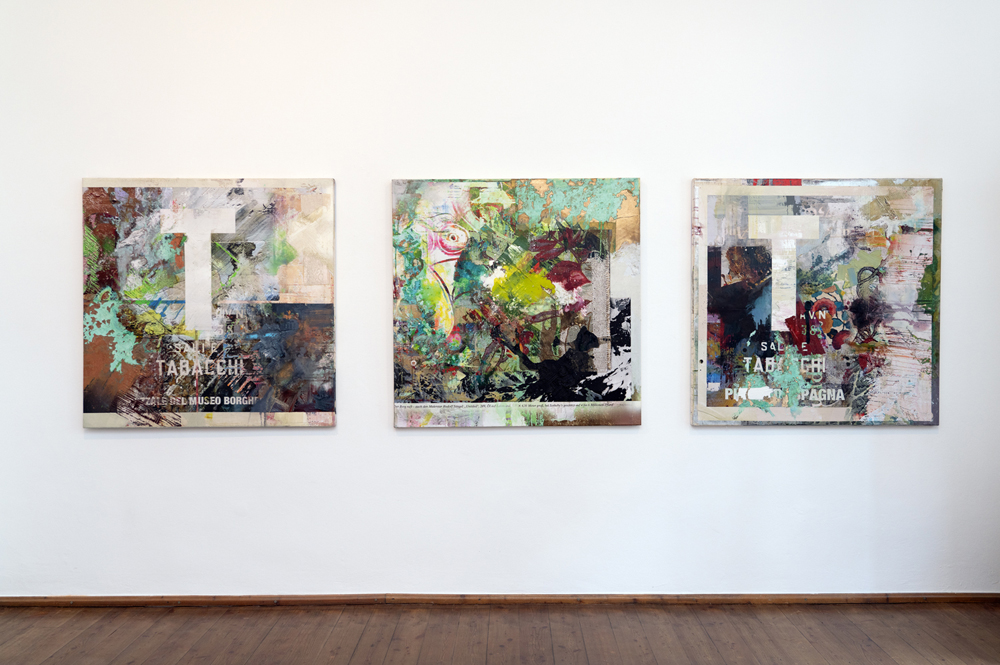Peter Vahlefeld The particular formation of art that has come to be known as Contemporary Art came about in the television age as a cultural form that was specifically for spectatorship. However today’s most ubiquitous networked media platforms (like Google or Facebook to site the most obvious examples) take us not simply as their spectators but as their very materials for all sorts of algorithmically data-processed purposes that remain mostly invisible. These networks can be understood as sites of intersection between human and non-human materiality. They are what the philosopher Timothy Morton might call ‘hyper-objects’ – so massively distributed in time and space as to transcend localization and therefore too dispersed to be seen in their entirety.1 They are effectively beyond spectatorship.
In order to understand the possibilities of art beyond spectatorship, it might be worth looking at where Contemporary Art’s particular modality of emancipated spectatorship came from. And this is a history of Contemporary Art which begins over two centuries ago with Immanuel Kant: “Up to now it has been assumed that all our cognition must conform to the objects; but all attempts to find out something about them a priori through concepts that would extend our cognition have, on this presupposition, come to nothing. Hence let us once try whether we do not get farther with the problems of metaphysics by assuming that the objects must conform to our cognition…” - Immanuel Kant (1781), Preface to Critique of Pure Reason 2
Kant concludes that objective knowledge can’t be possible outside human experience. If science decentered mankind in the universe, then Kant compensates for this by deciding that reality could only be correlated to, and accessed from, human experience. In the words of the physicist and new realist philosopher Gabriel Catren (writing recently), Kant’s assertion of human autonomy serves only to “preserve the pre-modern landscape and stitch up the cosmological narcissistic wound” of man de-centered through Enlightenment science’s Copernican Revolution3. Kant thereby sets the parameters for what philosopher Graham Harman has called the ‘philosophy of access’ or what Quentin Meillesoux calls ‘correlationism’4. And this two-hundred year trajectory of continental philosophy from Kant’s compensating humanist injunction upon thought lays out the path to Contemporary Art and the world that it inhabited based on a romantic assumption of mankind at the center of reality. But to really understand the humanist romanticism upon which Contemporary Art was founded, let’s turn to its original ‘creative act’: “The creative act is not performed by the artist alone; the spectator brings the work in contact with the external world by deciphering and interpreting its inner qualification and thus adds his contribution to the creative act.” - Marcel Duchamp (1957), The Creative Act 5
Duchamp shifted the precise location of art from production to interpretation and with this he enacted into art the Kantian fantasy that reality is produced by human experience. Duchamp’s formulation of ‘The Creative Act’ meant that, in Kantian terms, we could access the artwork only through our subjective relation to it, that art “must be refined as pure sugar from molasses by the spectator”. The reality of art was thereby limited to the viewer’s experience of it, with art’s consequences possible only through interpretation.
Duchamp articulated this formulation of ‘The Creative Act’ forty years after the original controversy of his Fountain and it is at this time that his ideas were widely adopted through Pop Art’s precursors. There are several published accounts,6 as well as last year’s Duchamp exhibition at London’s Barbican, chronicling Duchamp’s influence on Jasper Johns, Robert Rauschenberg and John Cage, who reinvigorated interest in him. And then with Warhol’s own ‘readymades’, Duchamp’s ‘art coefficient’ was adopted as the basic logic of what would eventually become Contemporary Art. Rejecting what was perceived as the elitist specialist language of abstraction, art now favored the vernacular language of mass media. Derailing Clement Greenberg’s aspirations to determine art’s terms of production, this new configuration of art prioritized the viewer’s interpretation of it rather than the specified criteria of any abstract language. This paradigm shift instilled in art, for half a century, Kant’s ‘philosophy of access’ – with no reality of art acknowledged outside our access to it. Or to put it another way, art was understood as being completed by our individual interpretation and its consequences limited to our experience of it. And this openness toward interpretive pluralism pre-figured the world that was to come, even though Contemporary Art’s own discourse typically sidelined art’s dependences and consequences beyond spectatorship as corrupting influences seeking to instrumentalize its freedoms.
by Christopher Kulendran Thomas





















































